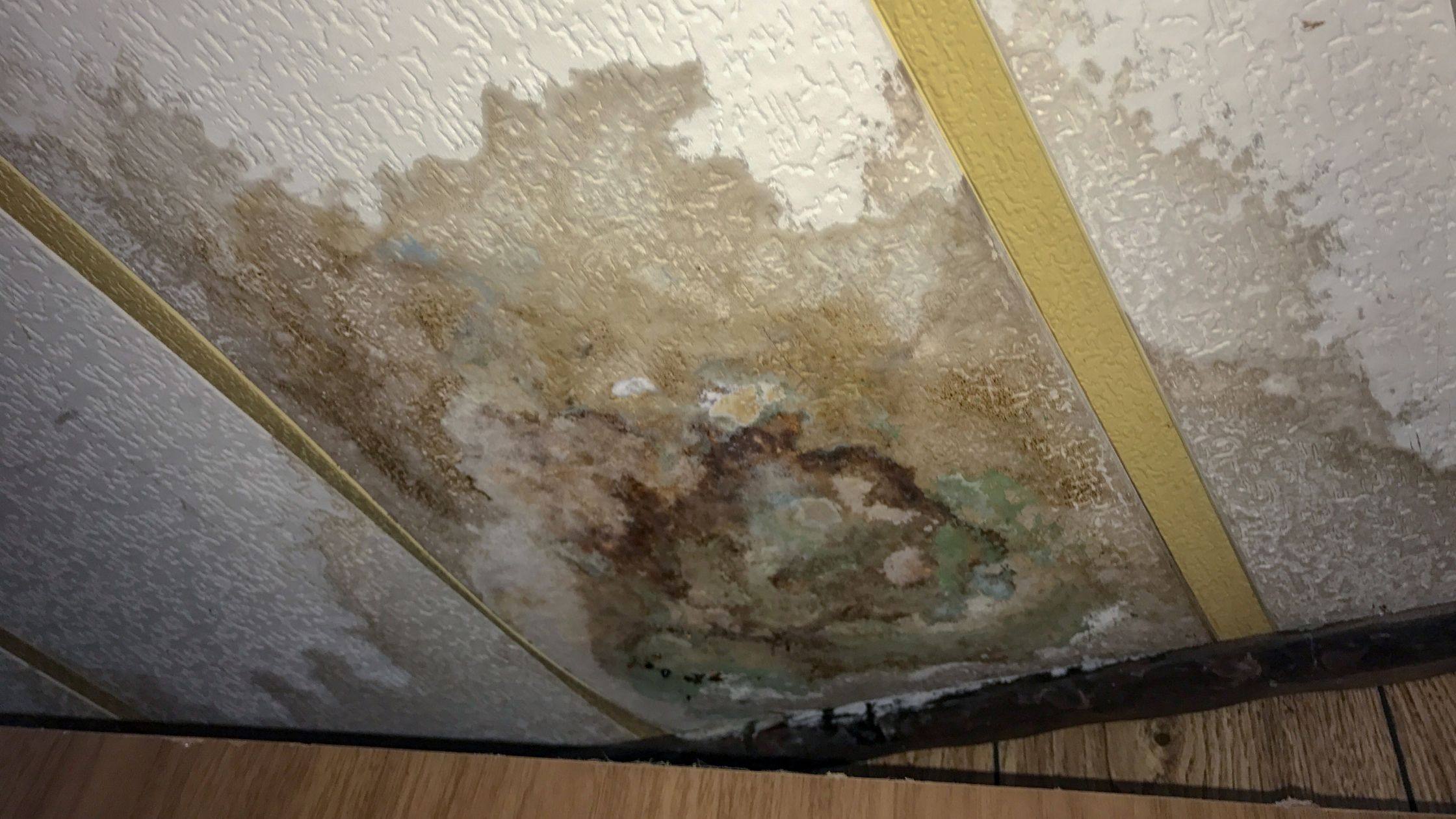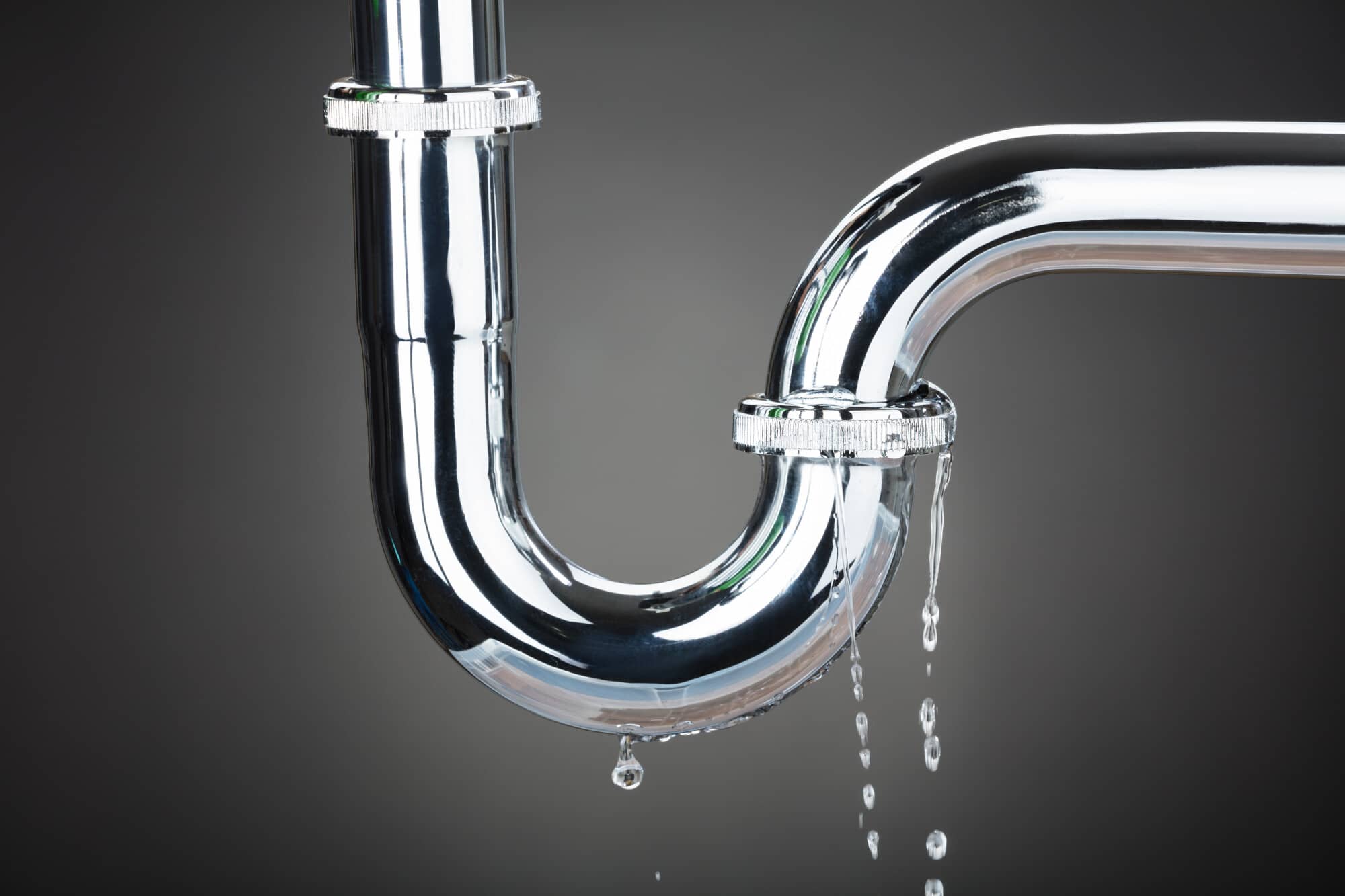Humidity Leads to Destruction in the Bathroom
Humidity Leads to Destruction in the Bathroom
Blog Article
We've come across this article relating to How to Repair and Prevent Bathroom Water Damage? below on the web and think it made sense to write about it with you on my blog.

Water damage often occurs in the washroom because of the water made use of daily. Often, the damage could be a little mold and mildew from the shower. Other times, it's massive damages on your floor. Whatever it is, it is always great to recognize the reason and prevent it before it happens.
This overview will certainly go through some of the common root causes of water damage in the bathroom. We will likewise analyze what you can do to prevent these causes from damaging your shower room. Let's dive in.
5 Common Root Causes Of Water Damage in Washrooms
These are the usual reasons you would certainly have water damage in your shower rooms and also just how you can detect them:
Burst or Leaking Pipelines
There are lots of pipelines carrying water to various parts of your washroom. Some pipes take water to the commode, the sink, the faucets, the shower, as well as lots of other places. They crisscross the tiny location of the shower room.
Every now and then, these pipes might get corroded as well as burst. Various other times, human action could trigger them to leakage. When this happens, you'll locate water in the corners of your restroom or on the wall surface.
To spot this, look out for bubbling wall surfaces, mold and mildews, or mold. Call an expert emergency plumbing professional to repair this when it occurs.
Cracks in your wall surface tilesv
Shower room wall surface floor tiles have been specifically created for that objective. They shield the wall surface from wetness from individuals taking showers. Nonetheless, they are not undestroyable.
Often, your restroom wall floor tiles split and also allow some wetness to leak into the wall surface. This can possibly destroy the wall surface if you don't take any type of activity. If you observe a crack on your wall surface ceramic tiles, fix it immediately. Do not wait till it ruins your wall.
Overruning bathrooms and also sinks
As people, in some cases we make blunders that might create some water damage in the bathroom. For instance, leaving your sink tap on could create overflowing and also damage to various other parts of the bathroom with dampness.
Additionally, a malfunctioning bathroom can trigger overruning. For instance, a busted bathroom handle or various other parts of the tank. When this happens, it could harm the floor.
As quickly as you discover an overruning sink or toilet, call a plumbing professional to help manage it right away.
Roofing system Leakages
Sometimes, the issue of water damage to the washroom might not come from the washroom. As an example, a roofing system leakage can cause damage to the shower room ceiling. You can spot the damage done by checking out the water stains on the ceiling.
If you find water stains on your ceiling, inspect the roof to see if it's damaged. Then, call a specialist to aid solve the issue.
Excess Wetness
It's trendy to have that lengthy shower and also sprinkle water while you dance around as well as imitate you're executing, but in some cases these acts can create water damage to your washroom.
Splashing water around can trigger water to visit edges and also create molds. Watch how you spread excess dampness around, and when you do it, clean it up to avoid damages.
Conclusion
Water damage to your bathroom can be aggravating. Nevertheless, you can handle it if you avoid several of the reasons stated in this overview. Call a professional emergency situation plumbing technician if you see any type of extreme damages.
How to Repair a Water-Damaged Wall in the Bathroom
All you need to know to repair bathroom wall water damage – from identifying the water source to finishing the repair professionally. If you don’t act quickly to resolve a water damage problem, you could find that it develops into a mold issue and/or cause structural damage to your home. Follow this guide to repair your bathroom before it's too late.
All you need to know to repair bathroom wall water damage
Water damage is a common household problem, and one that, if left unrepaired, can quickly lead to structural problems and health issues. The two most likely rooms where water damage may occur is the bathroom and the kitchen – where water is used often and there is high humidity.
What is water damage?
It is easy to think of water damage as caused by a flood or leaking tap or burst water pipe. However, when water damage is assessed, there are three main categories into which water falls (as classified by the American National Standards Institute). These categories are defined as:
Category 1 Water – ‘Clear Water’
This is sanitary water. There is usually no major threat to health by washing with this water, drinking it, or inhaling if it is streaming. Most water that enters your home will be category 1 water, while most water leaving your home will be either category 2 or 3 water. It may also come from melting snow, rainwater and water tanks.
Damage caused by this type of water can usually be repaired or restored, though this doesn’t mean that there are no potential health issues.
Category 2 Water – ‘Grey Water’
This is contaminated water – sometimes considerably so – and will cause illness if consumed or if it comes into contact with your skin. Water damage in this category is often caused by overflows from toilet bowls, and damage to washing machines and dishwashers. While damaged items might still be repaired or restored after damage by grey water, it is more difficult and more expensive to do so.
If the water damage in your home has been caused by grey water, it is advisable to have repairs made by professionals.
Over time, grey water will deteriorate and become black water.
Category 3 Water – ‘Black Water’
Category 3 water, also known as black water, is highly contaminated and a great risk to health. This may contain raw sewage, heavy metals, and other toxic substances. It will smell terrible.
If this is the water that has caused damage in your bathroom, do not touch it. Stop the water flowing if possible, seal the room and call the experts: it really isn’t worth the risk of ill health and disease that could be fatal. It is very unlikely that items can be repaired or restored if they have been damaged by black water.
https://www.porterscleaning.com/blog/how-to-repair-a-water-damaged-wall-in-the-bathroom/

How to Repair a Water-Damaged Wall in the Bathroom
All you need to know to repair bathroom wall water damage – from identifying the water source to finishing the repair professionally. If you don’t act quickly to resolve a water damage problem, you could find that it develops into a mold issue and/or cause structural damage to your home. Follow this guide to repair your bathroom before it's too late.
All you need to know to repair bathroom wall water damage
Water damage is a common household problem, and one that, if left unrepaired, can quickly lead to structural problems and health issues. The two most likely rooms where water damage may occur is the bathroom and the kitchen – where water is used often and there is high humidity.
What is water damage?
It is easy to think of water damage as caused by a flood or leaking tap or burst water pipe. However, when water damage is assessed, there are three main categories into which water falls (as classified by the American National Standards Institute). These categories are defined as:
Category 1 Water – ‘Clear Water’
This is sanitary water. There is usually no major threat to health by washing with this water, drinking it, or inhaling if it is streaming. Most water that enters your home will be category 1 water, while most water leaving your home will be either category 2 or 3 water. It may also come from melting snow, rainwater and water tanks.
Damage caused by this type of water can usually be repaired or restored, though this doesn’t mean that there are no potential health issues.
Category 2 Water – ‘Grey Water’
This is contaminated water – sometimes considerably so – and will cause illness if consumed or if it comes into contact with your skin. Water damage in this category is often caused by overflows from toilet bowls, and damage to washing machines and dishwashers. While damaged items might still be repaired or restored after damage by grey water, it is more difficult and more expensive to do so.
If the water damage in your home has been caused by grey water, it is advisable to have repairs made by professionals.
Over time, grey water will deteriorate and become black water.
Category 3 Water – ‘Black Water’
Category 3 water, also known as black water, is highly contaminated and a great risk to health. This may contain raw sewage, heavy metals, and other toxic substances. It will smell terrible.
If this is the water that has caused damage in your bathroom, do not touch it. Stop the water flowing if possible, seal the room and call the experts: it really isn’t worth the risk of ill health and disease that could be fatal. It is very unlikely that items can be repaired or restored if they have been damaged by black water.
https://www.porterscleaning.com/blog/how-to-repair-a-water-damaged-wall-in-the-bathroom/
We had been made aware of that article on How to Repair and Prevent Bathroom Water Damage? from someone on another web page. Are you aware of somebody else who is inquisitive about How to Repair and Prevent Bathroom Water Damage?? Why not promote it. I praise you for your time. Visit us again soon.
Burst? Reach us! Report this page